When disaster strikes and society crumbles, knowing where not to go can be just as important as knowing where to seek shelter. These 12 locations may seem tempting at first glance, but they could prove deadly in a collapse scenario. Understanding why these places are dangerous will help you make better decisions and increase your chances of survival.
Major Cities
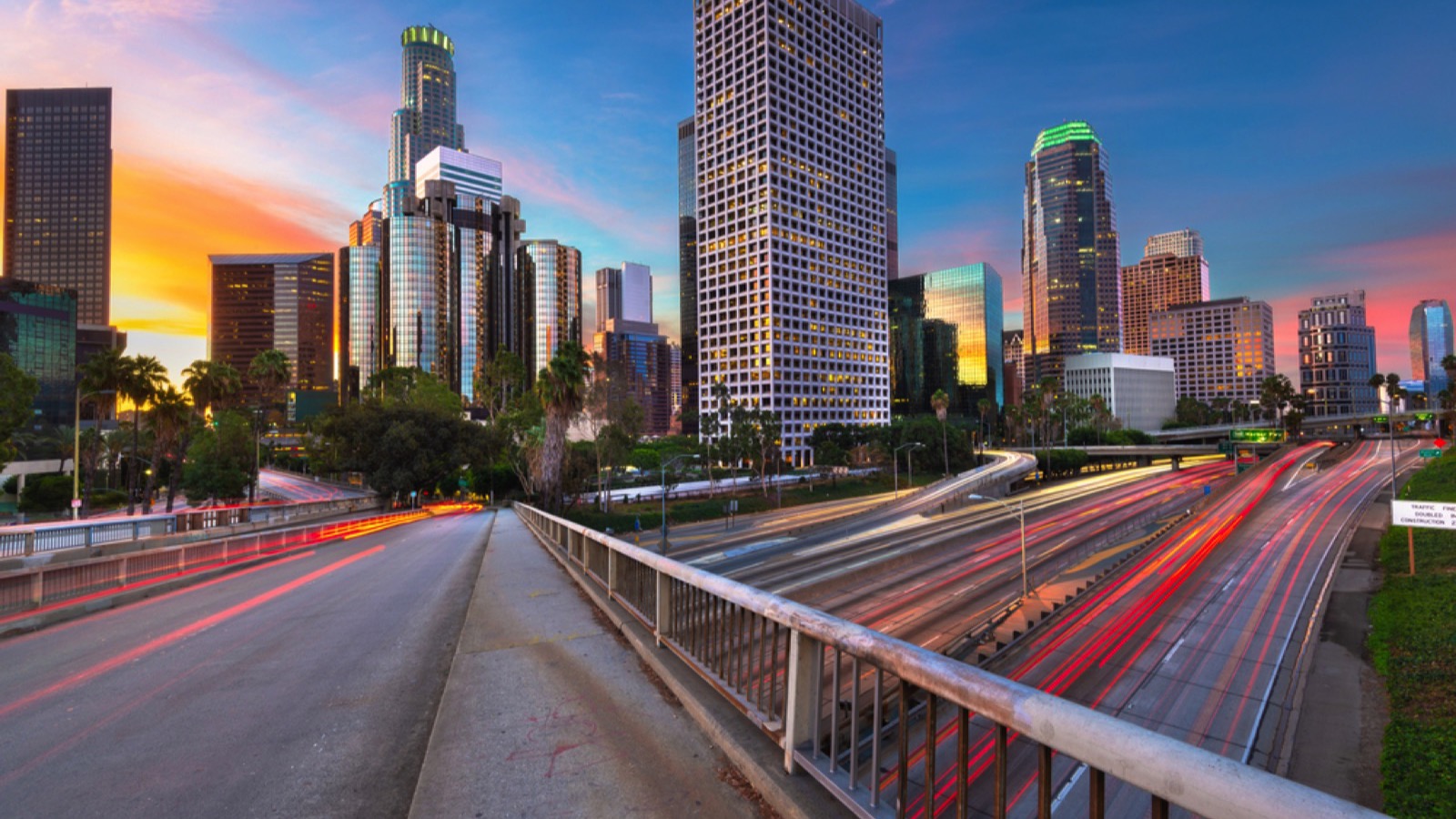
Big cities are dangerous during a collapse. They have too many people and not enough resources. In a city of 1 million people, food and water can run out in just 3 days. Crime rates can spike by 300% or more as people get desperate. Roads will likely be blocked, trapping you inside. Diseases can spread fast in crowded areas, with infection rates up to 10 times higher than in rural locations.
Hospitals

Hospitals might seem like a good place to go, but they’re actually very risky. During a disaster, hospitals quickly become overwhelmed. A typical hospital has only 2.9 beds per 1,000 people. They run out of supplies fast, sometimes within 24 hours. Sick and injured people flock there, increasing your chance of getting ill. Hospitals also become targets for looters seeking drugs and medical supplies.
Grocery Stores
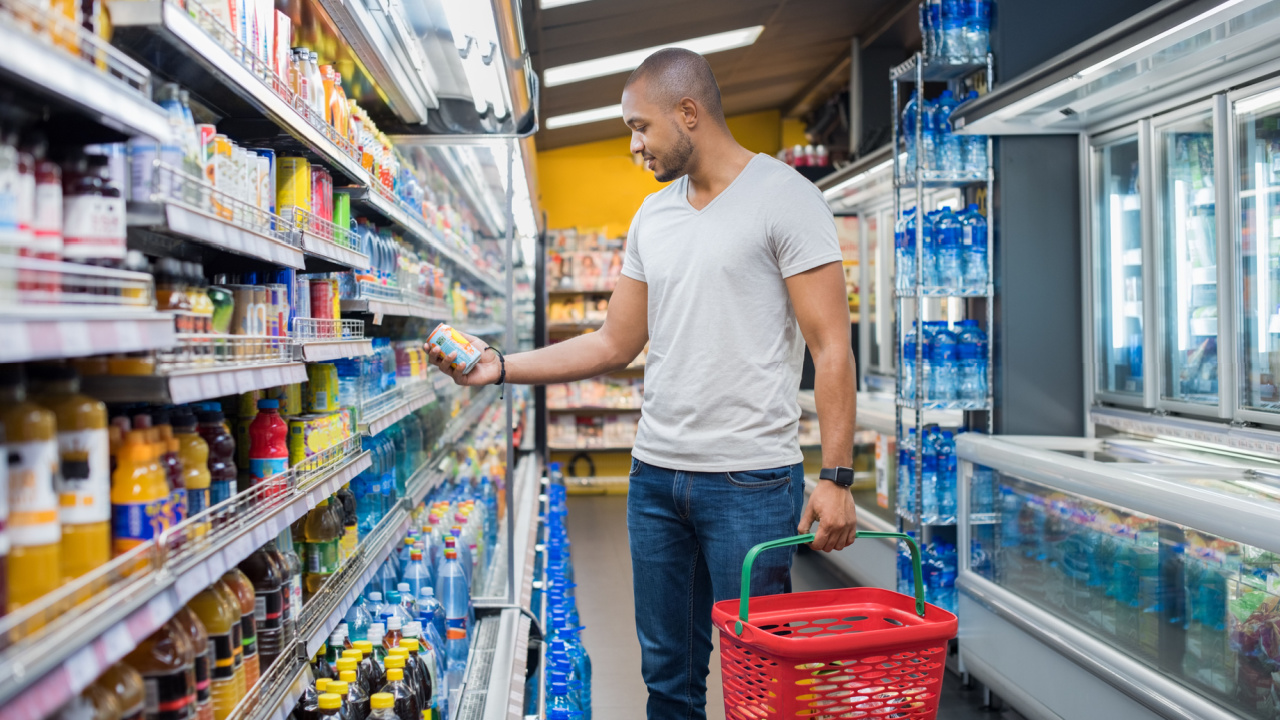
Grocery stores are dangerous in the first days of a collapse. People rush to stock up, causing chaos. A typical grocery store can be emptied in less than 3 hours during a panic. Fights often break out over scarce items. The chances of getting hurt in a grocery store riot are about 1 in 3. After the initial rush, these stores become targets for ongoing looting and violence.
Police Departments
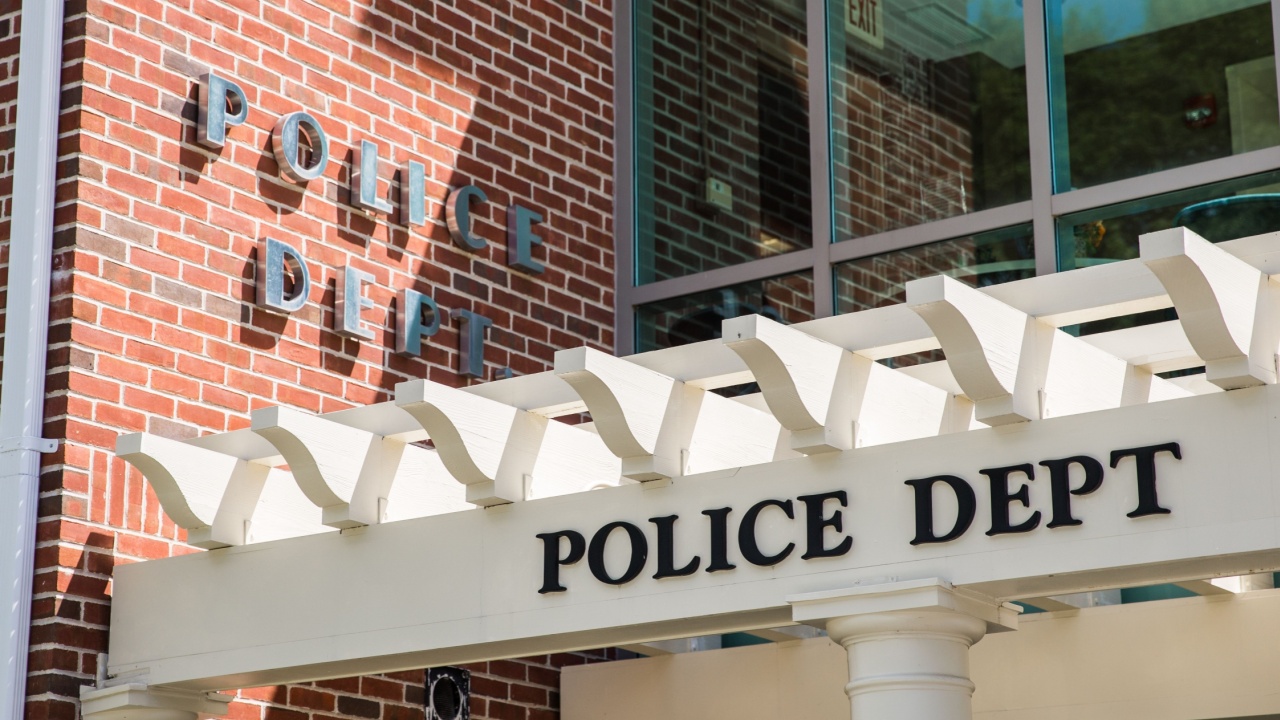
You might think police departments are safe, but they’re often targets during civil unrest. In major riots, police departments are attacked 73% of the time. They’re seen as symbols of authority and become focal points for angry mobs. Police resources get stretched thin quickly, with response times increasing by up to 500% during crises. You’re better off avoiding these potential hotspots.
Government Buildings
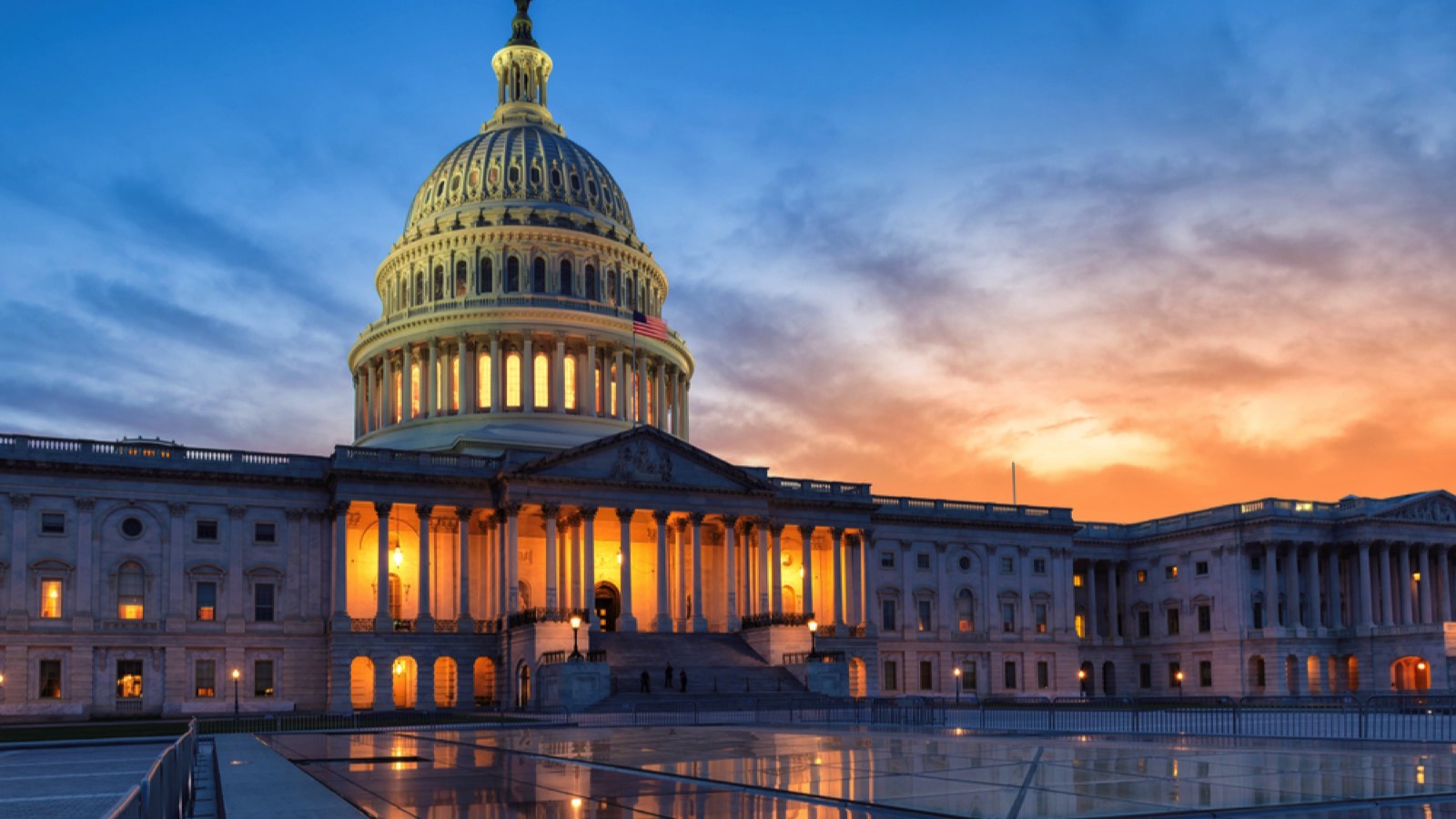
Government buildings attract trouble during collapses. They’re often the first targets of angry citizens or organized groups. Statistics show that government buildings face a 60% higher risk of attack during civil unrest compared to other structures. These buildings may also be used as emergency shelters, quickly becoming overcrowded and unsanitary. The risk of violence at these locations is about 4 times higher than at an average location.
Shopping Malls

Shopping malls are tempting targets for looters and desperate people. A typical mall has over 100 stores, attracting large crowds during a crisis. The open layout makes them hard to secure, with an average of only 1 security guard per 15,000 square feet. Malls often have glass entrances and skylights, making them easy to break into. The risk of being caught in a dangerous situation at a mall during a collapse is about 1 in 5.
Bridges and Tunnels

Bridges and tunnels become choke points during evacuations. They can trap you for hours or even days. On average, a major bridge evacuation moves only 600 vehicles per hour. Tunnels are even slower, with rates as low as 300 vehicles per hour. These structures are also targets for anyone wanting to control movement. They’re 7 times more likely to be blocked or destroyed during conflicts than regular roads.
Prisons
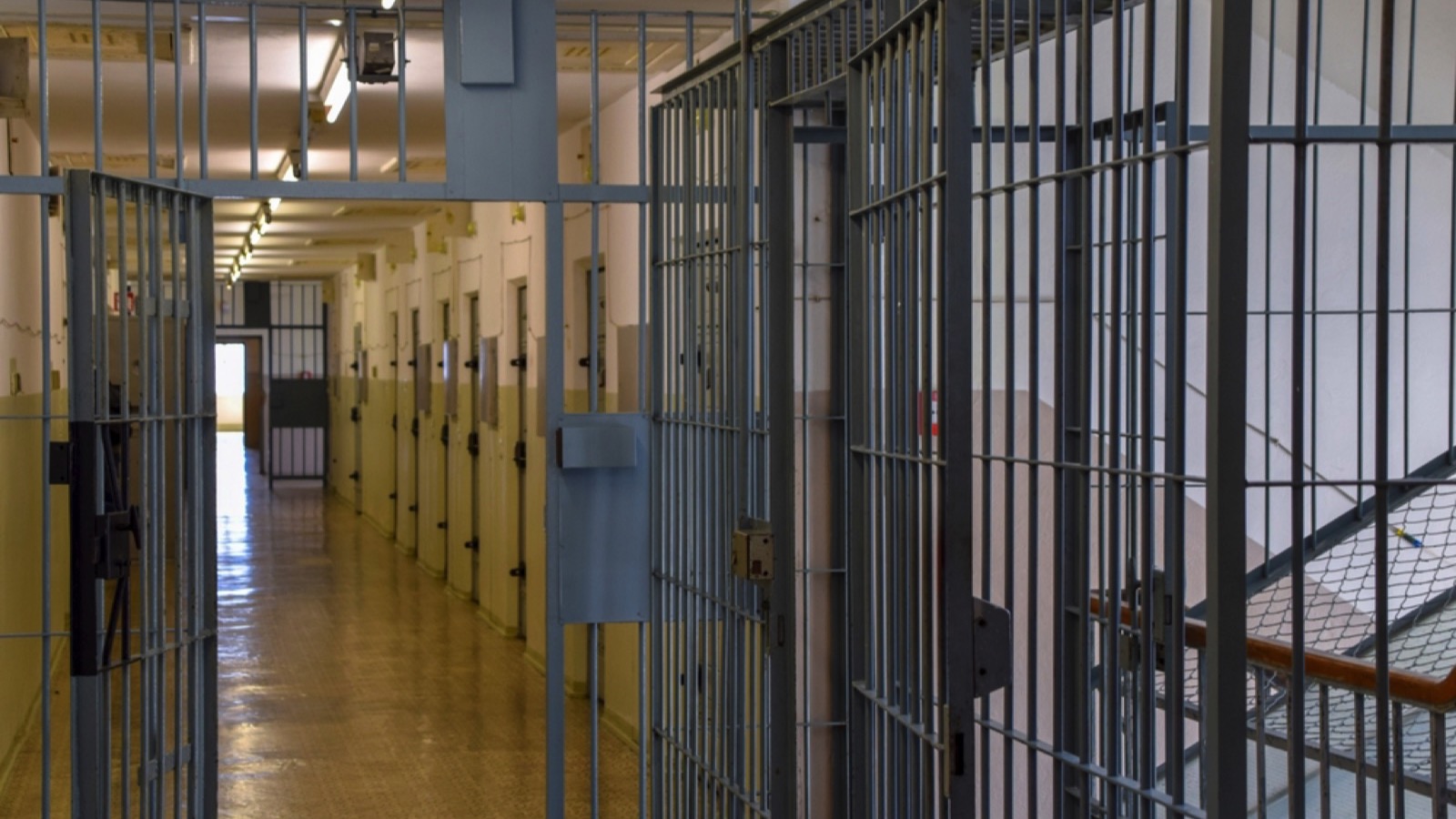
Stay far away from prisons during a collapse. If order breaks down, prisoners might escape. The average maximum-security prison holds 1,300 inmates. During Hurricane Katrina, hundreds of prisoners escaped. Released prisoners can form dangerous groups quickly. The area within a 5-mile radius of a prison becomes about 15 times more dangerous if a mass release occurs.
Nuclear Power Plants
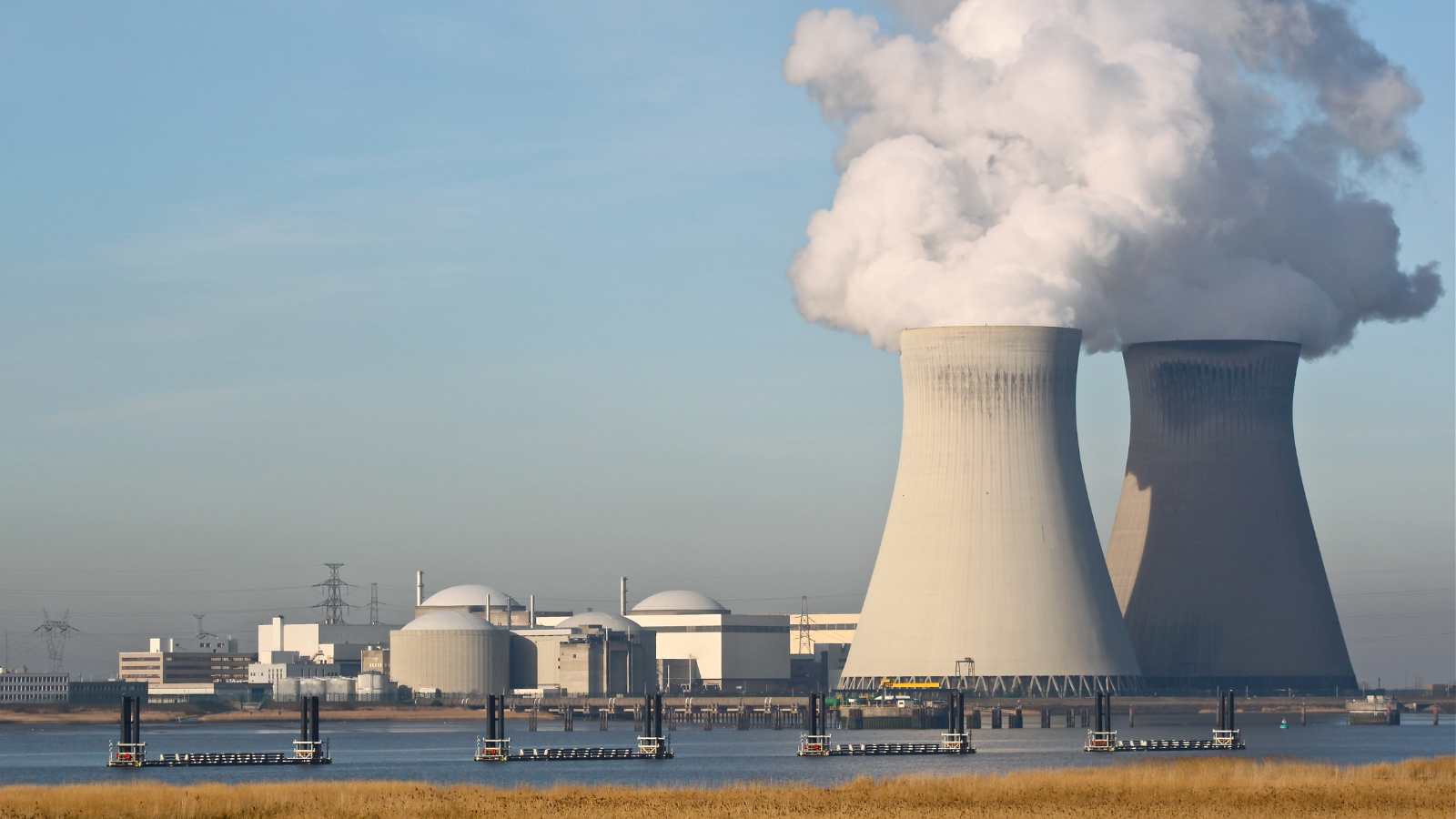
Nuclear power plants are dangerous during a collapse. If they lose power and backup systems fail, meltdowns can happen. The danger zone around a nuclear plant can extend up to 50 miles. In the Fukushima disaster, 154,000 people had to evacuate. Radiation levels in nearby areas rose to 300 times normal levels. Avoid being anywhere near these facilities if society breaks down.
Military Bases
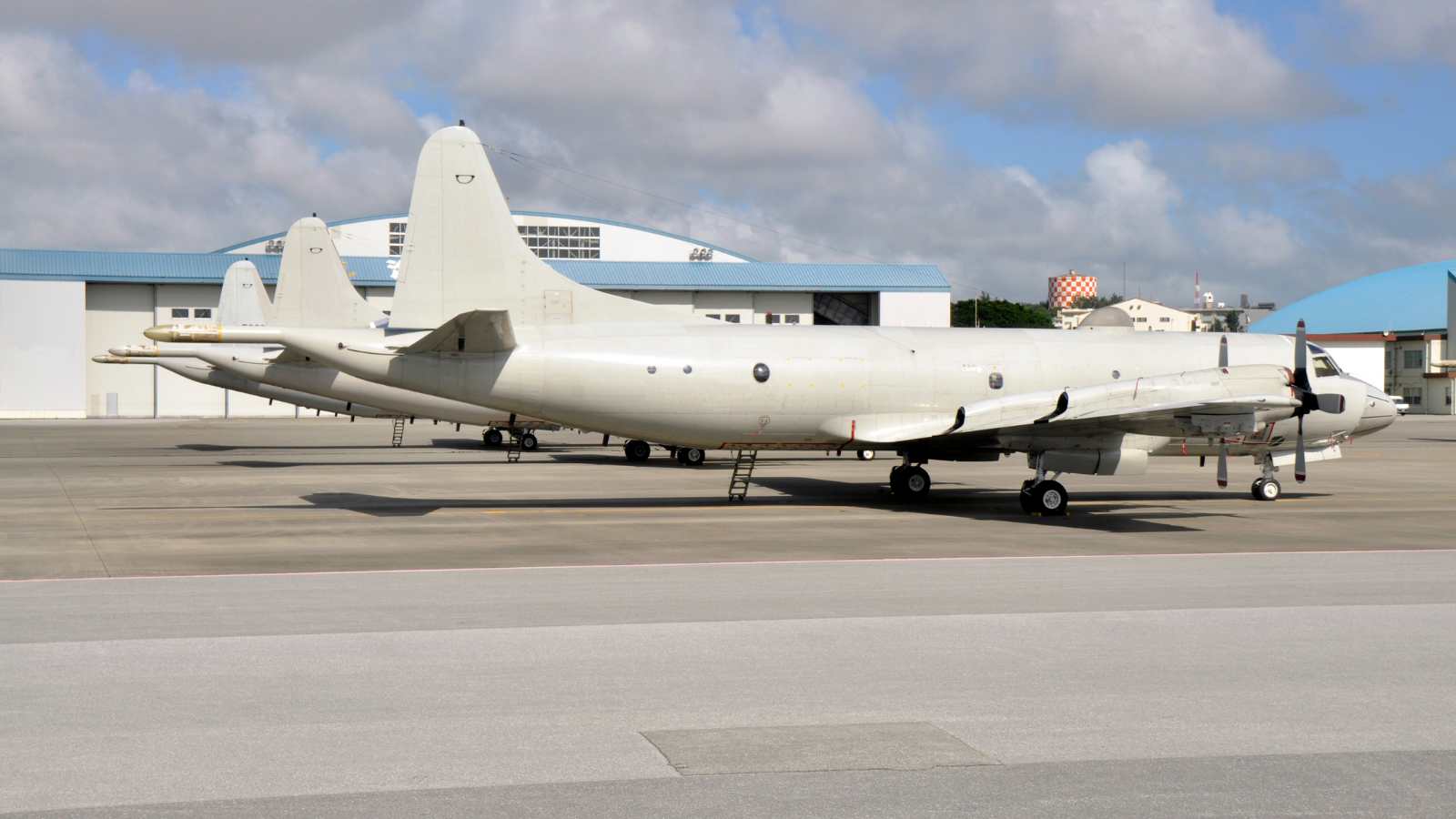
Military bases might seem safe, but they’re risky during a collapse. They become prime targets for attack, with a 90% chance of being involved in conflict during civil unrest. Bases have strict entry policies and might use lethal force to defend themselves. The area around a military base can become a war zone, with danger levels 20 times higher than normal. You’re better off staying far away from these potential battlegrounds.
Stadiums and Arenas
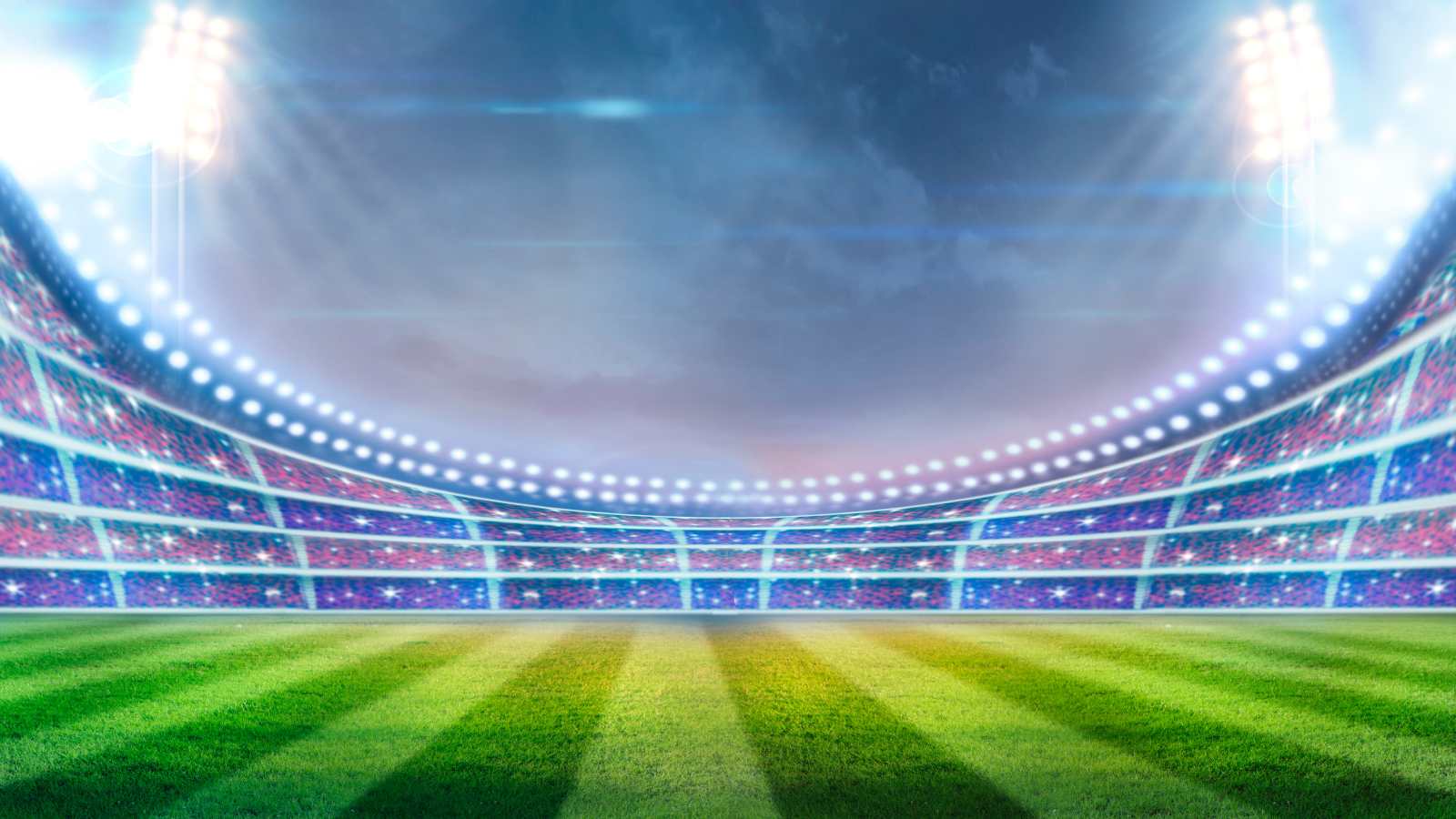
Large venues like stadiums often become emergency shelters, but they’re far from safe. A typical stadium holds 50,000 people, quickly becoming overcrowded and unsanitary. Disease spread is 5 times faster in these conditions. Food and water run out quickly, with supplies lasting only 2-3 days on average. Tensions rise fast in these environments, with a 1 in 4 chance of experiencing violence.
Airports

Airports are chaotic during disasters. They’re usually the first places to shut down, stranding thousands of people. A medium-sized airport can have up to 100,000 people stuck there during a crisis. Food and water supplies typically last only 48 hours. Airports are also targets for those seeking to control transportation. The risk of being caught in a dangerous situation at an airport during a collapse is about 1 in 3.
Best Hunting Rifles of the Last 50 Years
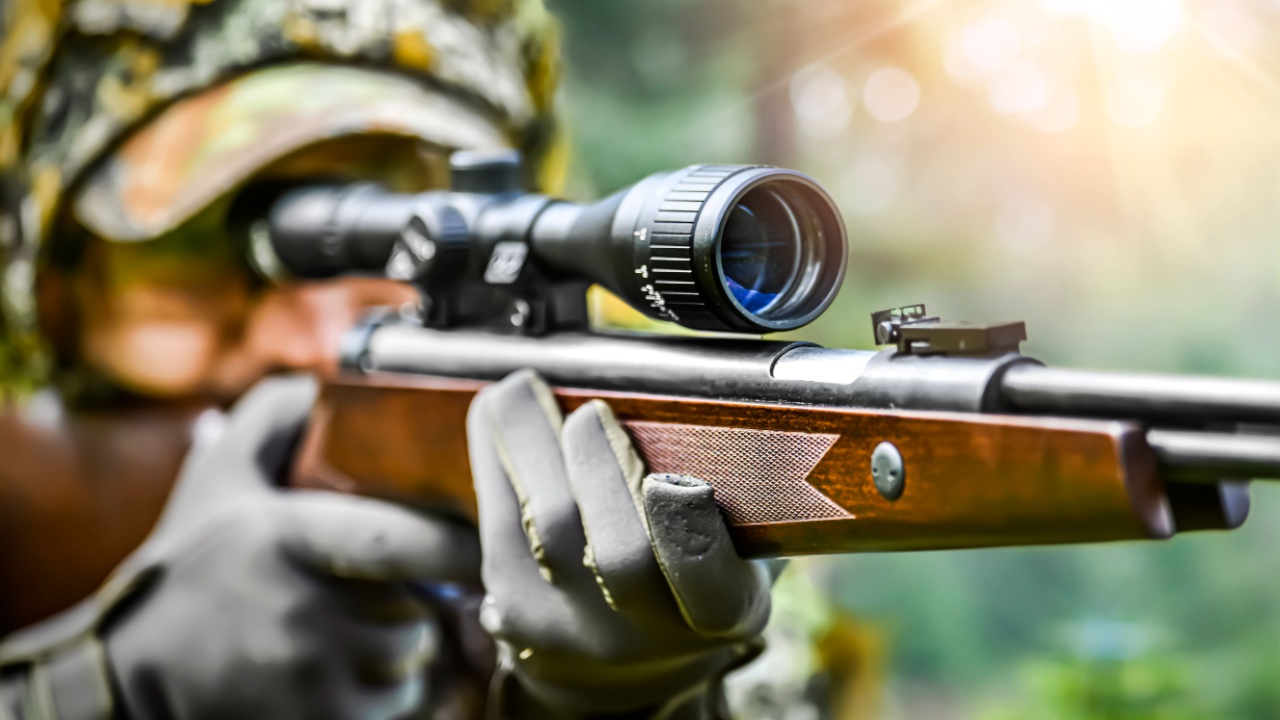
Choosing the “best” hunting rifle is a pretty personal thing. We all have different opinions and preferences on what we like to hunt with. But still, over the last 50 years, there have been some remarkable weapons. Over the past half-century, the evolution of hunting rifles has seen so many innovations, catering to a wide range of needs from the casual deer hunter to the adventurous big-game enthusiast. What’s your favorite hunting rifle? Which weapons deserve a spot on this list?
- Read More: Best Hunting Rifles of the Last 50 Years
14 Most Versatile Hunting Cartridges

With almost 16 million hunters in the United States, and with such a huge range of game to hunt, the right rifle and the best cartridge is critical. We have some of the most diverse ecosystems on the planet, with animals ranging from tiny squirrels to gigantic moose. The cornerstone of a successful hunt lies in the hunter’s skill and knowledge but also in the choice of ammunition. The right cartridge can make all the difference, offering the power needed for a clean, humane kill without compromising the quality of the game.
- Read More: 14 Most Versatile Hunting Cartridges
38 Things Every Prepper Should Stockpile That Aren’t Water, Food, or Weapons

This list extends beyond the basic survival trio of water, food, and weapons. It’s a given that we need to stock up on water, food, and a way to defend ourselves and what we have. But what other things will you need in a survival situation? None of us truly knows what TEOTWAWKI will really look like, although most of us have theories we think most likely. But whatever the situation is, there are certain supplies that it just makes sense to have on hand, aside from the obvious trio I mentioned above.

